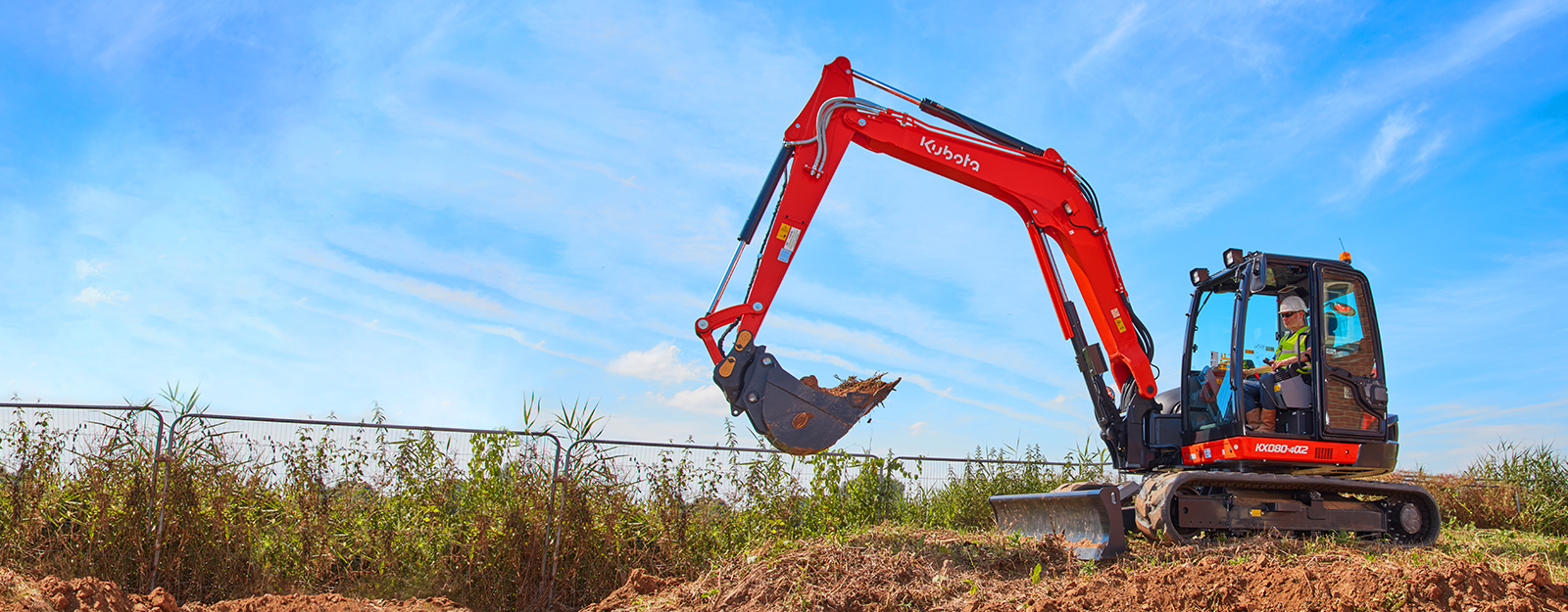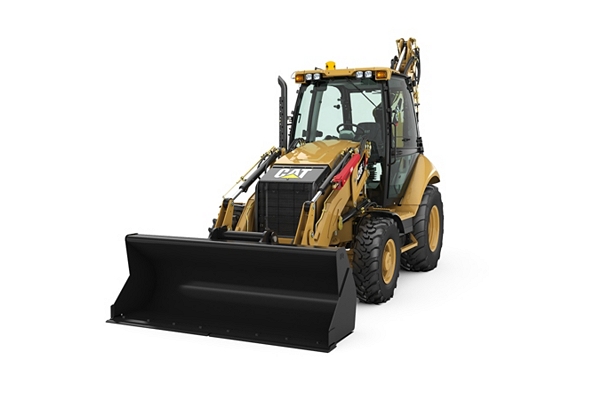Leading Equipment Rental Company for All Your Requirements
Leading Equipment Rental Company for All Your Requirements
Blog Article
Renting Out Vs. Buying Construction Devices: Making the Right Selection for Your Task
When beginning on a building task, among the vital choices that predict supervisors and stakeholders face is whether to purchase or rent construction tools. Both options have their advantages and downsides, making the choice a critical one in the task preparation procedure. The choice rests on various aspects such as price considerations, project duration, equipment upkeep, danger, scalability, and adaptability management. Each component plays a crucial function in figuring out one of the most suitable course for the job's equipment requirements. forklift rental. Allow's discover these aspects even more to recognize how they affect the decision-making process and ultimately the success of the job.
Expense Considerations
When examining the financial element of leasing versus getting building and construction devices, the upfront expenses and long-lasting costs must be carefully thought about. Renting devices usually calls for lower preliminary payments contrasted to acquiring, making it an appealing choice for temporary jobs or specialists with spending plan restrictions. Leasing gets rid of the requirement for big resources expenses and lowers the monetary danger related to tools ownership, such as maintenance and devaluation expenses. Nonetheless, over time, continuously leasing devices can build up greater expenses than buying, specifically for prolonged projects.
On the other hand, acquiring building tools involves greater upfront costs yet can result in long-term financial savings, particularly for regular individuals or long-lasting jobs. Inevitably, the choice between renting out and purchasing building and construction equipment hinges on the project's duration, frequency of use, budget plan considerations, and lasting financial goals.
Job Period

On the other hand, for lasting projects or continuous building and construction job, buying equipment can be the more cost-effective alternative. Acquiring devices can bring about cost savings over time, especially if the tools will be frequently utilized. Furthermore, owning equipment offers a feeling of control over its accessibility and permits personalization to fit specific project requirements.

Equipment Upkeep
Given the crucial duty job duration plays in establishing the most affordable method between renting out and getting building tools, the focus currently moves in the direction of taking a look at the important element of equipment upkeep. On the other hand, owning equipment requires an aggressive technique to maintenance to prevent failures, guarantee safety and security, and prolong the equipment's lifespan. Eventually, a properly maintained construction tools fleet, whether rented or owned, is important for the successful and efficient conclusion of building jobs.
Adaptability and Scalability
In the world of building tools management, the see page facet of versatility and scalability holds considerable value for project performance and resource application. Choosing to rent construction devices gives a high degree of flexibility as it enables for the fast change of equipment kinds and quantities based on the developing requirements of a job.
Furthermore, scalability, one more essential variable, is naturally connected to flexibility. Renting building and construction equipment offers the benefit of conveniently scaling operations up or down as project demands fluctuate. Specialists can quickly include or exchange devices to match the job's altering needs without the constraints of owning assets that might become underutilized or obsolete. This capacity to scale resources successfully can lead to price financial savings and boosted task timelines, making renting out a positive choice for tasks requiring adaptability and responsive source allocation.
Danger Management
Effective threat management in building and construction devices procedures is vital to guaranteeing project success and mitigating potential financial losses. Building and construction tasks inherently entail various risks, such as tools failures, accidents, and task delays, which can substantially affect the job a fantastic read timeline and budget plan. By thoroughly thinking about the dangers connected with owning or leasing construction tools, job supervisors can make informed decisions to reduce these possible threats.
Leasing building and construction devices can use a degree of danger reduction by transferring the obligation of repair and maintenance to the rental business. This can lower the economic problem on the project owner in situation of unexpected equipment failures (heavy equipment rental). Additionally, renting out supplies the adaptability to access customized equipment for certain project phases, lowering the threat of having underutilized equipment
On the various other hand, owning building devices offers a feeling of control over its usage and upkeep. Nonetheless, this likewise indicates bearing the full responsibility for repairs, upkeep prices, and depreciation, boosting the monetary threats related to equipment ownership. Mindful risk assessment and factor to consider of elements such as task duration, devices utilization, and maintenance demands are crucial in establishing one of the most ideal option for efficient threat monitoring in building and construction jobs.
Conclusion
In verdict, when determining between getting and renting building devices, it is here necessary to think about expense, job period, tools maintenance, risk, scalability, and flexibility monitoring. Each element plays a crucial duty in establishing the most ideal choice for the job handy. By meticulously assessing these aspects, task managers can make an educated choice that lines up with their spending plan, timeline, and total job objectives.

Report this page